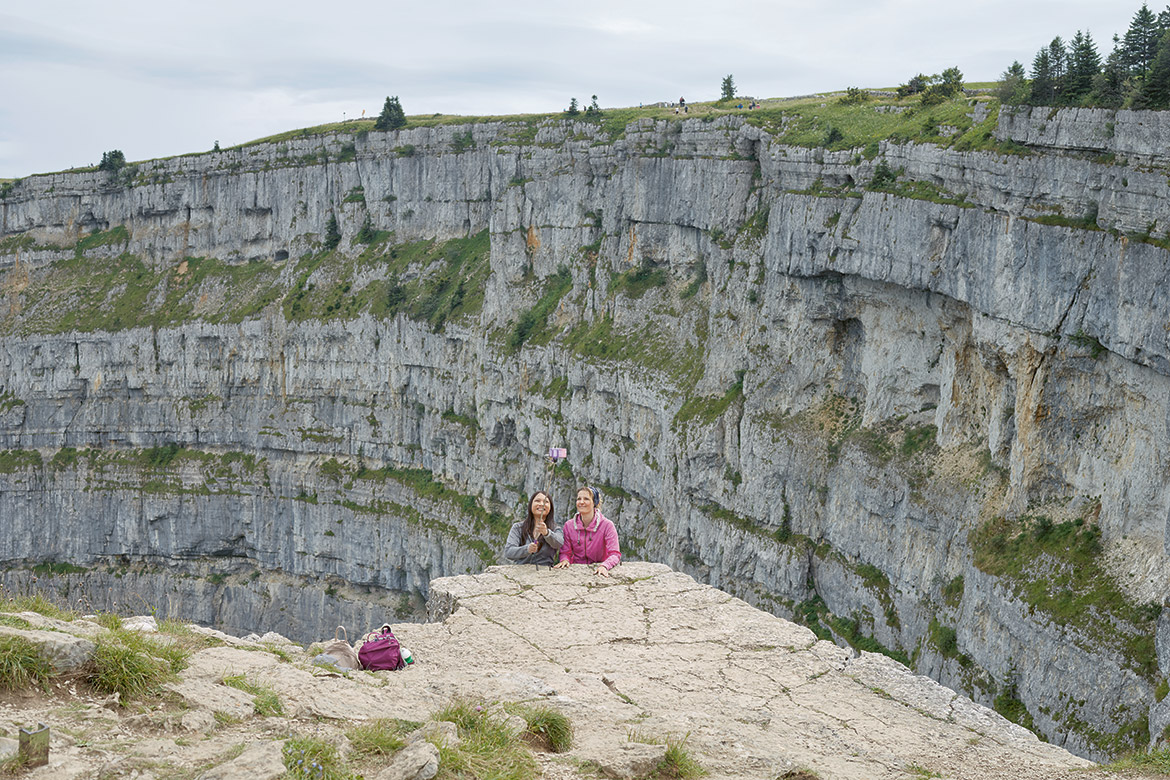Feature: Cinema, fact and fiction
A little tour of archetypes in pop culture
Blockbusters are watched by millions of people. The clichés they depict can shape an audience’s ideas about scientists and about what kind of people they are (not least because it’s mostly men who are portrayed). We take a look at six different archetypes.
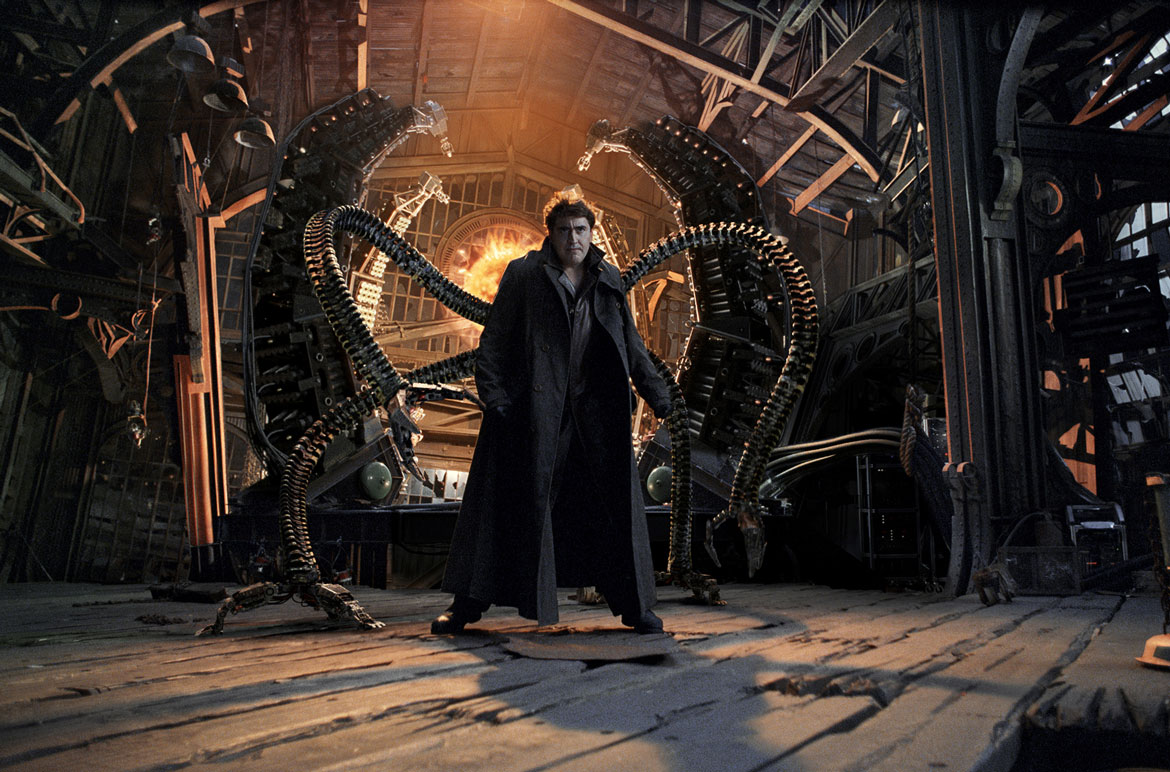
It’s only the opportunities offered by science and technology – in the shape of AI-steered robot tentacles – that make Otto Octavius a worthy match for Spiderman. | Image: Keystone
1 - The classic mad scientist
This category knows no psychological subtlety, with no good intentions gone awry. The classic mad scientist, as the name suggests, has succumbed to madness. This manifests itself in an excess of genius, but regrettably also often goes hand in hand with aspirations to world domination or a sadistic streak. That’s why mad scientists make wonderful opponents for superheroes – such as Otto Octavius with his AI-controlled robot tentacles in ‘Spiderman’, or the human-plant hybrid Poison Ivy in ‘Batman & Robin’. The genre, however, has a basic dramaturgical problem: who could possibly take on the superheroes or superheroines who themselves are by definition superior to everyone else from the outset? Dramatic tension only arises when scientific or technological knowledge can also confer superpowers on its exponents. ‘Mad scientists’ should therefore not be misunderstood as in any way defamatory towards science. In fact, they are a compliment to the possibilities of science and technology. And at the same time, the mad scientist is one of the most important examples in popular culture of how we can reflect on the responsibility that comes with power.
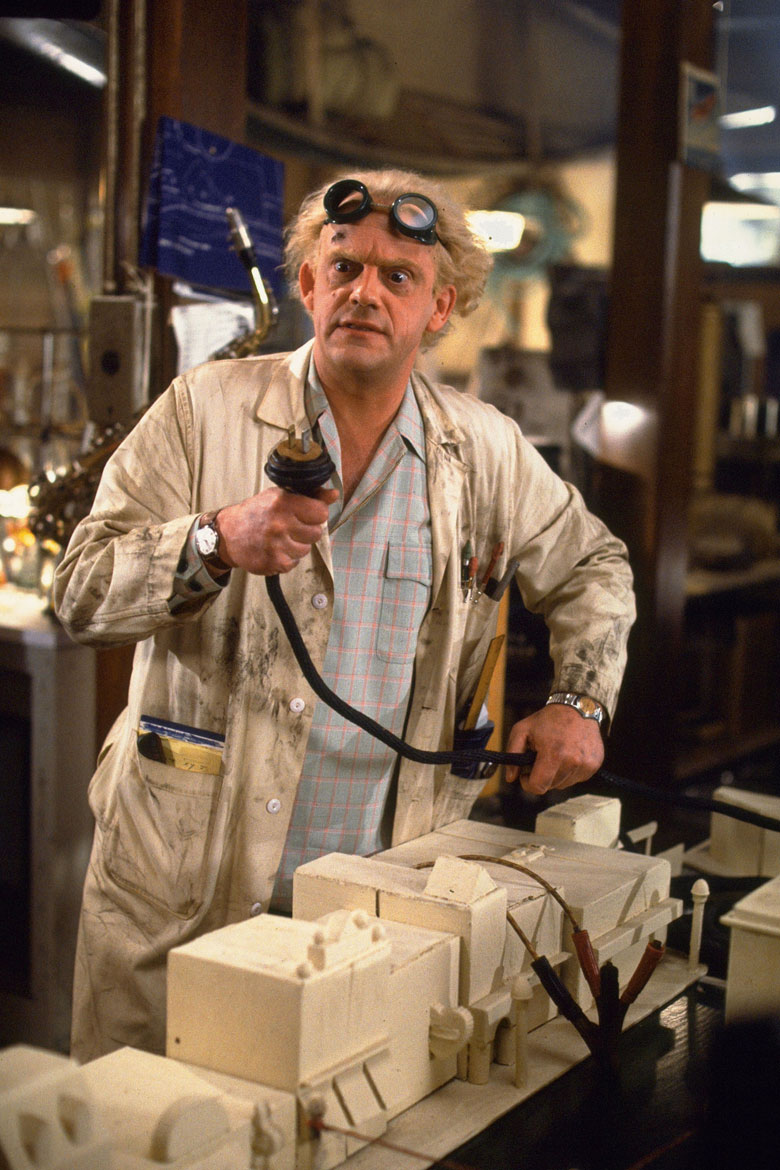
Doc Brown from ‘Back to the Future’ embodies the batty inventor combined with the coolness of the boffin who always has an answer ready. | Image: Alamy
2 - The brilliant inventor
This is a broad category. Starting with the well-dressed engineers in the stories by Jules Verne – just think of Captain Nemo, the genius in underwater construction – these inventors gradually became more and more eccentric. When we think of this archetype, we probably have Emmett Brown (‘Doc’) in mind, the inventor with the wild hair and the time machine in the ‘Back to the Future’ movies. The technological genius in movies has forever oscillated between the cool guys who always have a solution at the ready, and the endearingly batty inventors. There’s ‘beam-me-up’ Scotty, the chief engineer whose technological nous will always save the day for the Starship Enterprise, and Q, tirelessly inventing gadgets for James Bond. But engineers in movies are always overshadowed by the scientists and offer little in the way of narrative potential. Real-life engineers might be perfectly content that Hollywood prefers to depict scientists involved in basic research instead of those who are responsible for concrete technological applications. But there has recently been something of a shift, with a rise in popularity of nerds and hackers in cyberspace. Movies now often deal with the ethical questions surrounding technology – how to use it correctly, and where the power of the machines actually resides. And we are even beginning to see a few women engineers and coders, the most famous of them probably being Lisbeth Salander from the Millennium trilogy. It’s still rare to see these characters in the main role, but we’re getting there – as in the tech companies themselves.
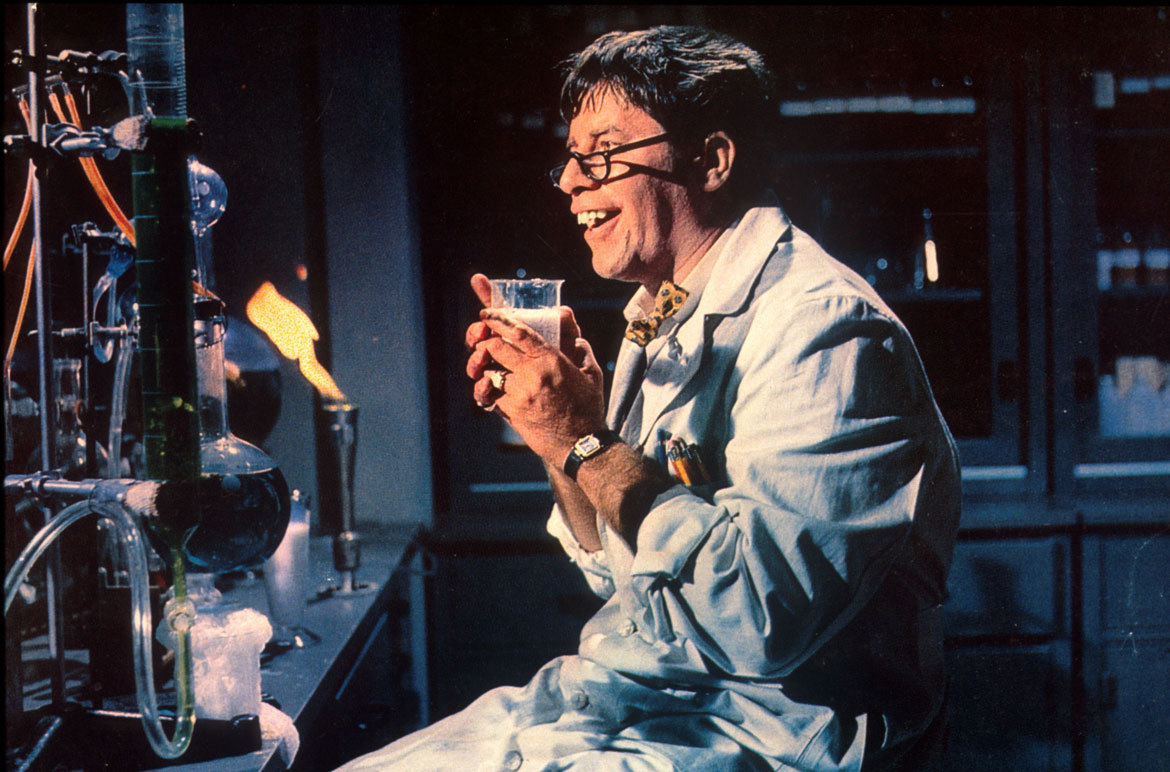
Utterly charming, but overly challenged by anything physical: ‘The Nutty Professor’. | Image: Alamy
3 - The unworldly scatterbrain
This is probably the simplest of our clichés: the ivory-towered, out-of-touch, cerebral, ‘nutty professor’ – irresistibly epitomised by Jerry Lewis in the eponymous comedy. Lovably clumsy, to be sure, but overly challenged by everything physical, and devoid of sex appeal. The original archetype was surely Professor Rath, who is seduced by Marlene Dietrich in ‘The Blue Angel’ and hardly cuts a happy figure. The Viennese sociologist Eva Flicker sees the character of the ‘old maid’ as a female variant of this archetype, as she is only interested in her work and is unconcerned with her appearance – such as Dr Constance Petersen in Hitchcock’s ‘Spellbound’. Often, this old maid is ‘redeemed’ by a man, at which the ugly duckling turns into a swan, but also loses her intellectual prowess.
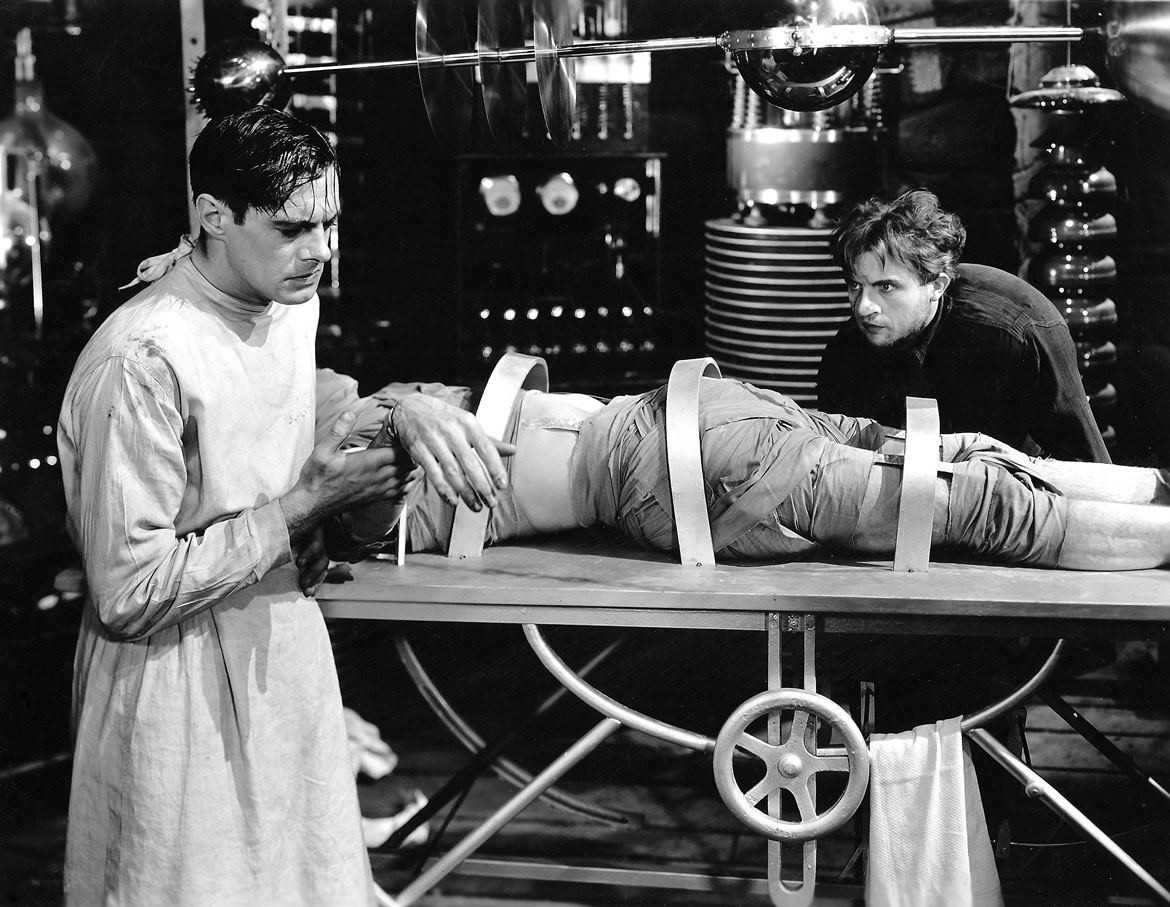
Dr Frankenstein’s ambition and hubris lead inexorably to catastrophe. | Image: Alamy
4 - The arrogant scientist
This archetype deals with what is probably the oldest scientific character trait in fiction: hubris. As Goethe wrote in his ‘Sorcerer’s Apprentice’ in the late 1700s, “The spirits that I summoned / I can’t get rid of them!”. This category entered film iconography in the silent era in the shape of Dr Frankenstein, and his next incarnation was as the android researcher Rotwang in ‘Metropolis’. The figure of the overambitious scientist whose research leads to disaster has since been updated many times. Science-fiction fans might think of ‘Westworld’ in which humanoid robots rise up; lovers of blockbuster action movies might think instead of ‘Jurassic Park’. It would seem that women are free of this kind of hubris, at least in the imagination of movie scriptwriters.
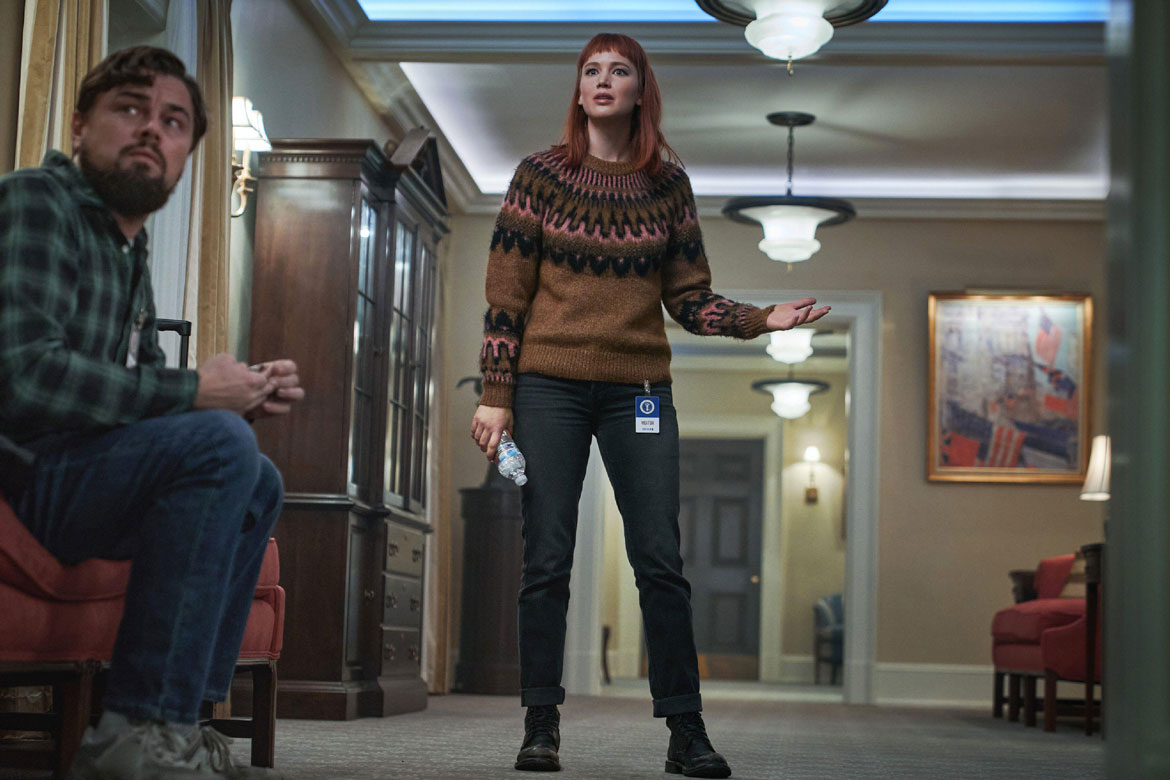
Astrophysics professor Randall Mindy and his doctoral student Kate Dibiasky fail to convince politicians to act in the film ‘Don’t Look Up’. | Image: Alamy
5 - Cassandra and the unheard warnings
Here’s another category with a long history. Women scientists in the movies repeatedly try to warn society of impending catastrophe, but fail in the classical manner of Cassandra. They know everything better than everyone else, but no one wants to listen to them – especially not the politicians. The men in power gladly summon these women scientists to hear their opinions, but then generally prefer to ignore them and throw caution to the wind, or simply take the advice of the military from the outset instead. The scientist-as-Cassandra was recently featured rather nicely, albeit controversially, in ‘Don’t Look Up’, where the astrophysics professor Randall Mindy and his doctoral student Kate Dibiasky warn in vain of the imminent impact of a meteorite. This has generally been read as an allegory for current attitudes towards climate science. The role of the climate admonisher whose voice remains unheard has also featured in the thriller ‘The Day After Tomorrow’, this time in male guise, as the researcher Jack Hall. Here, for the sake of the drama, global warming is strangely turned upside down and subjected to a massive acceleration – in this movie, the world freezes within a few hours. All warnings are thus too late anyway.
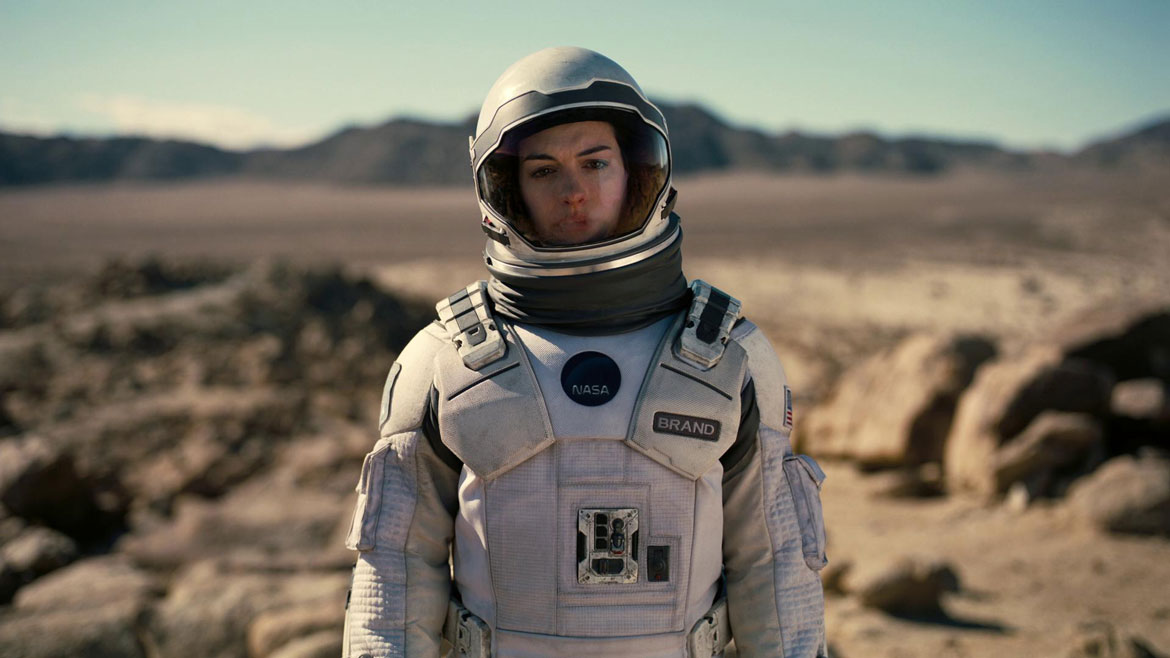
The biologist Amelia Brand is both sexy and smart. In the sci-fi drama ‘Interstellar’, she’s on the hunt for a habitable planet. | Image: Paramount Pictures
6 - The smart adventurer
We also have the antithesis of the unattractive scatterbrain, namely the researcher as heartbreaker, as world-explorer, as the smart, handsome adventure hero. The most iconic embodiment of this particular archetype is probably Indiana Jones, the whip-cracking archaeologist who can excavate curse-ridden tombs while beating off unscrupulous Nazis. But Hitchcock had already created similar roles, e.g., the physicist Michael Armstrong in the thriller ‘Torn Curtain’, whose escapades in the Eastern Bloc are naturally crowned by brilliant success. MacGyver probably belongs here too, though he also has something of the ‘brilliant inventor’ profile about him. Unlike the other archetypes we’ve explored, this one features a number of women – although it’s because Hollywood prefers to make women scientists sexy as well as smart. To name just two examples: there’s Jo Harding, the meteorologist and hurricane hunter in ‘Twister’, and the biologist Amelia Brand in Christopher Nolan’s sci-fi drama ‘Interstellar’. The film sociologist Eva Flicker once published an article on this topic whose title is self-explanatory: ‘Between Brains and Breasts—Women Scientists in Fiction Film: On the Marginalization and Sexualization of Scientific Competence’. According to Flicker, the quantitatively most significant category for women scientists is the ‘Daughter/Assistant’ – like Sarah Sherman in ‘Torn Curtain’. They are smart and capable, but because they are only ever given supporting roles, their supposed abilities are never given any prominence at all.

